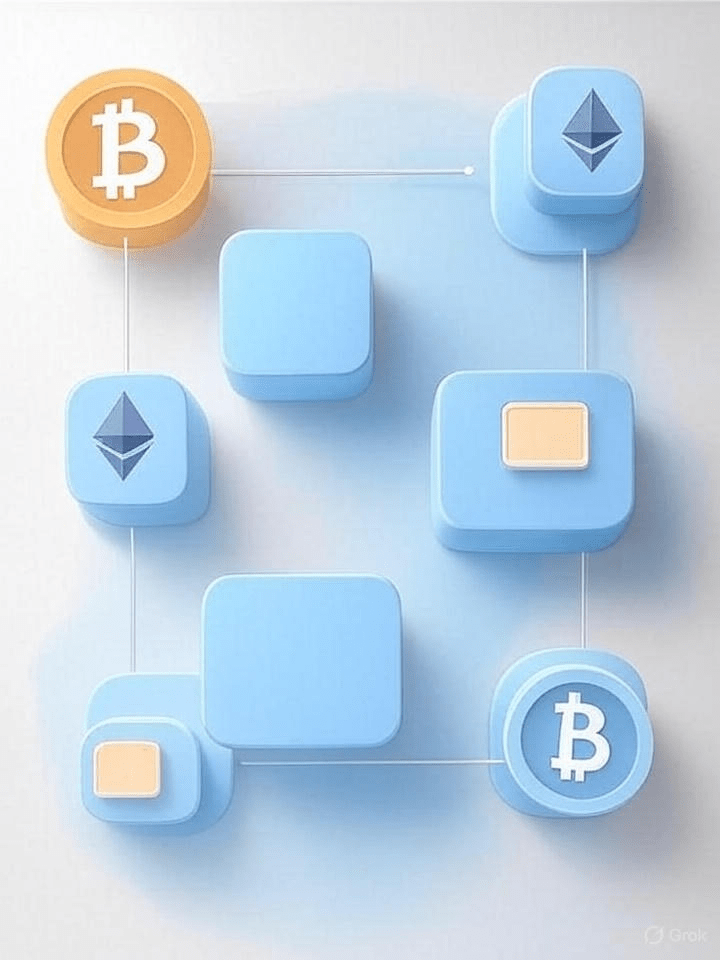In the current digital age, traditional media has come under criticism, especially with its dominance over information and its direction in favor of certain institutions. However, with the emergence of Web3, we are beginning to witness a radical shift in how trust in content is built, how it is published, and consumed, redefining the entire concept of media.
1. Decentralization: Power in everyone's hands
In the past, trust in the media relied on institutions like major newspapers and television channels. Today, Web3 offers a decentralized model where anyone can share content without intermediaries. Platforms like Steemit (which uses the digital currency STEEM) empower users to create content and reward them based on interaction and participation, allowing them to control the information.
2. Transparency: Review at your fingertips
Through blockchain, every individual can verify the history and source of content at any moment. Applications like Brave and Basic Attention Token (BAT) enable users to interact with content transparently, where data is tracked publicly and securely on the blockchain. These platforms encourage the sharing of reliable content without fear of manipulation or forgery, ensuring no third-party interference.
3. Self-verification: Ensuring credibility
In the era of Web3, there is no need to rely on major media outlets to verify the credibility of content. Platforms like Audius (for music production) and Mirror.xyz (for written content) utilize NFT technologies and smart contracts to ensure content authenticity and protect it from manipulation. Every piece of content is documented with ownership recorded on the blockchain, making it verifiable and transparent.
4. User autonomy: You choose the content
While Facebook and YouTube algorithms directed users to content based on their previous preferences, Web3 returns the power to the user to decide what they want to consume. Platforms like DTube and LBRY offer a completely decentralized experience for users where they can choose the content they desire without interference or pressure from paid algorithms.
5. New economy: Rewards for participation
By utilizing digital currencies and tokens, the role of the user in Web3 is not limited to consumption only but includes active participation in content creation. Platforms like Publish0x provide a unique model where contributors receive BAT and ETH for participating in writing or correcting articles. This model not only enhances content quality but also gives users the opportunity to reward their efforts.
💡Web3 is not just a new technology; it is a radical transformation in how media is produced, published, and consumed. Through decentralization, transparency, and self-verification, we now have the ability to determine the credibility of content. Platforms that rely on technologies like blockchain and NFTs provide a safer and freer environment for users, and now, thanks to the new reward-based economy, we live in a media world that guarantees us independence and active participation.
